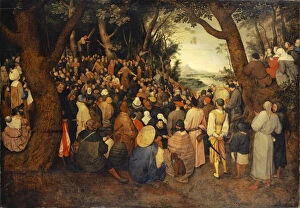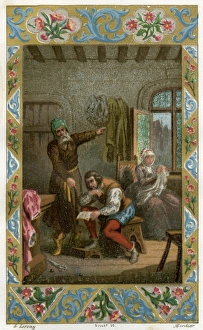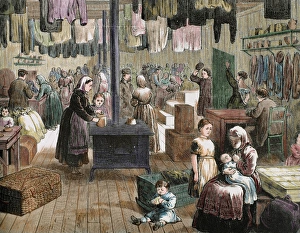Anabaptist Collection
Anabaptism, a radical Christian movement that emerged during the 16th century, has left an indelible mark on history
All Professionally Made to Order for Quick Shipping
Anabaptism, a radical Christian movement that emerged during the 16th century, has left an indelible mark on history. At its core is the belief in adult baptism and the rejection of infant baptism. Menno Simons, a prominent figure within Anabaptism, played a crucial role in shaping its theology and practices. Although originating in Europe, Anabaptism's influence spread far beyond its birthplace. Central America became home to many Anabaptist communities, including one located in Belize's Orange Walk district. The Hill Bank Field Station stands as a testament to their commitment to sustainable living and community-building. The visual representation of this religious group can be seen through various artworks throughout history. William Oxman (or Orsingham) captured the essence of Anabaptists through his intricate etching from 1661. Similarly, John and Mary Champian depicted the clash between Presbytarianism and Anabaptism with their powerful woodcut. Engravings showcasing The Society of Anabaptists offer insight into their communal practices and shared beliefs. Meanwhile, an illustration from Balthasar Hubmaier's Apocalypsis insignium aliquot haeresiarcharum reveals both the persecution faced by these believers and their unwavering faith. In Switzerland during the 19th century, an image emerges of an Anabaptist milkmaid donning a simple cornette cap while carrying her pail of milk—a symbol of humble devotion amidst societal norms. Bridging time gaps further highlights how deeply ingrained this movement was within society. Witnessing full immersion baptisms along rivers or partaking in Mennonite baptism ceremonies showcases not only their commitment to spiritual rebirth but also their resilience against adversity. Religion tossed in a blanket—an engraving from 1641—symbolizes ongoing debates surrounding faith during this era. It serves as a reminder that even within the Anabaptist movement, differing interpretations and conflicts existed.














































